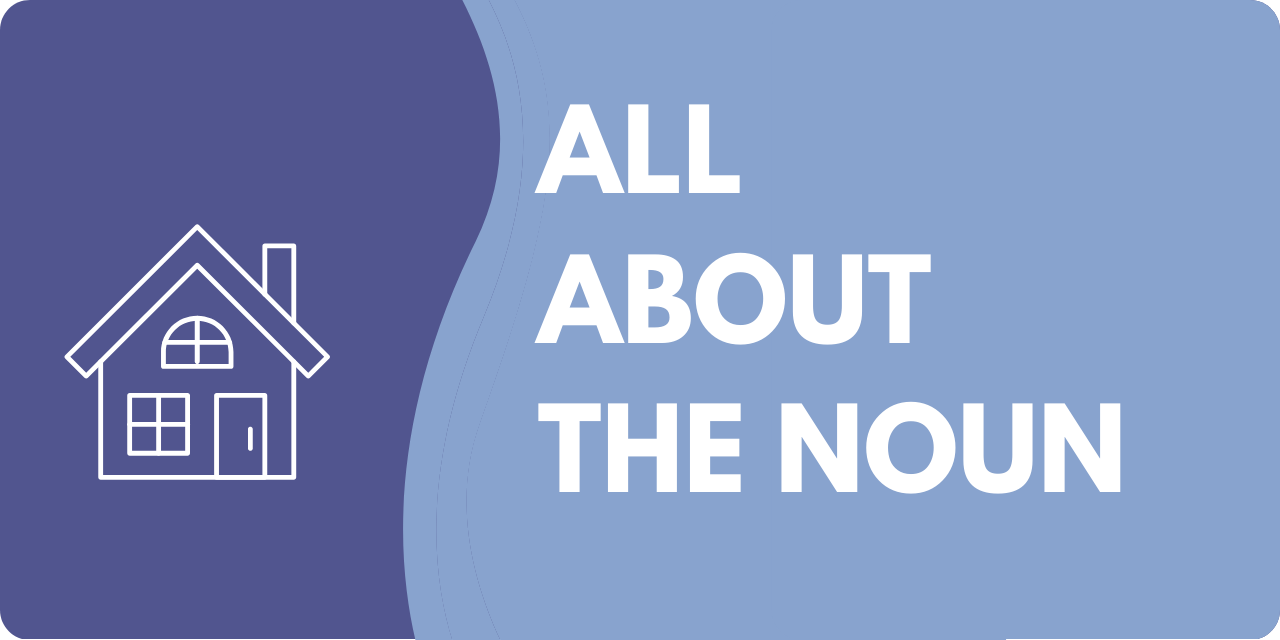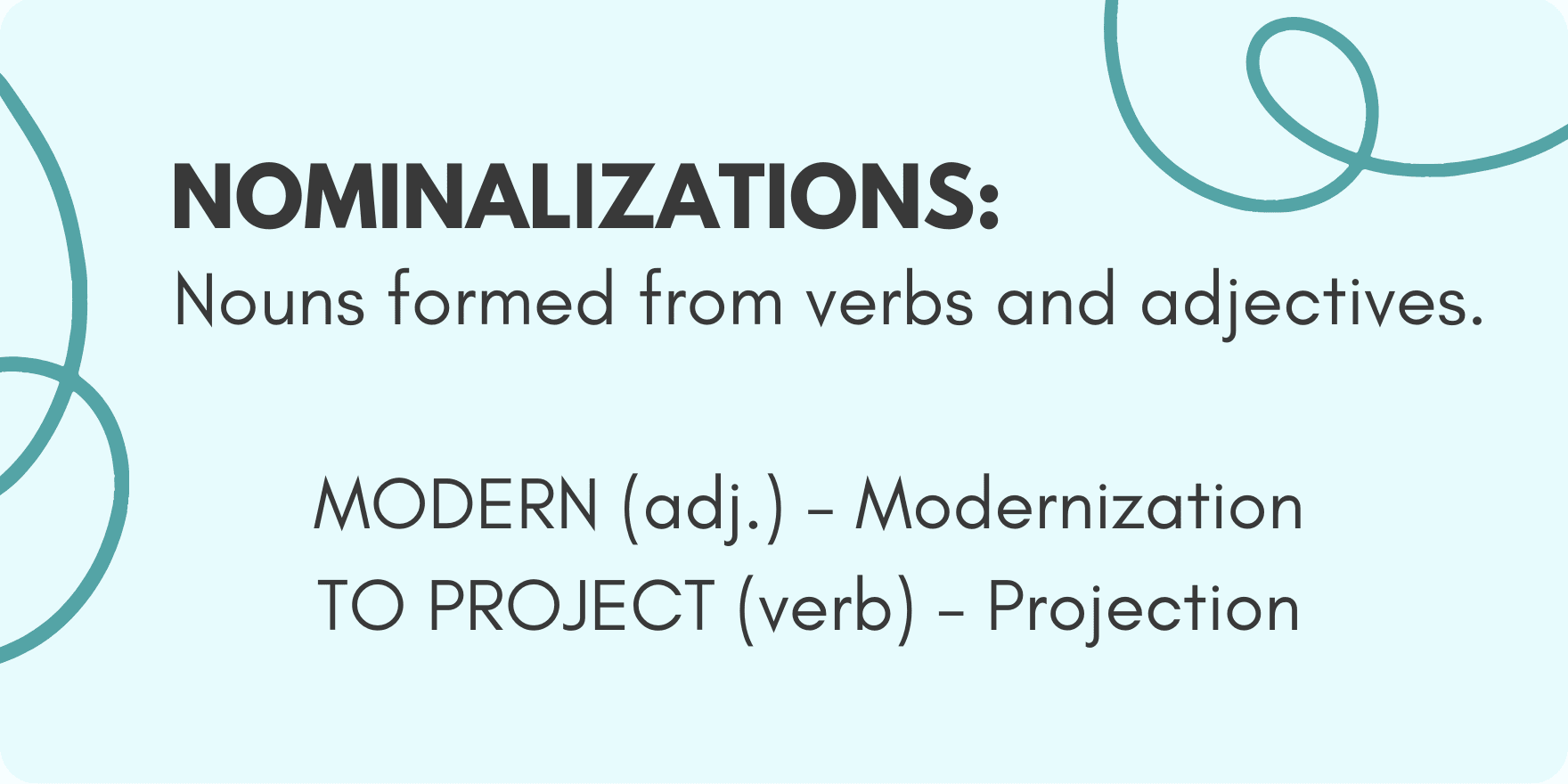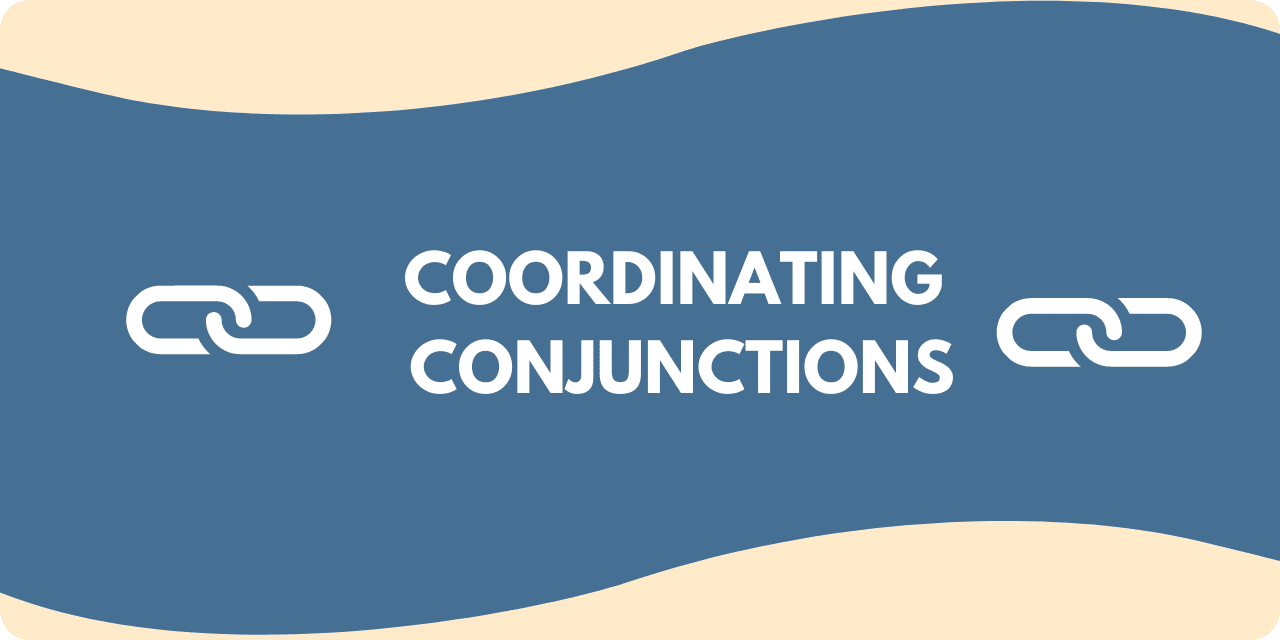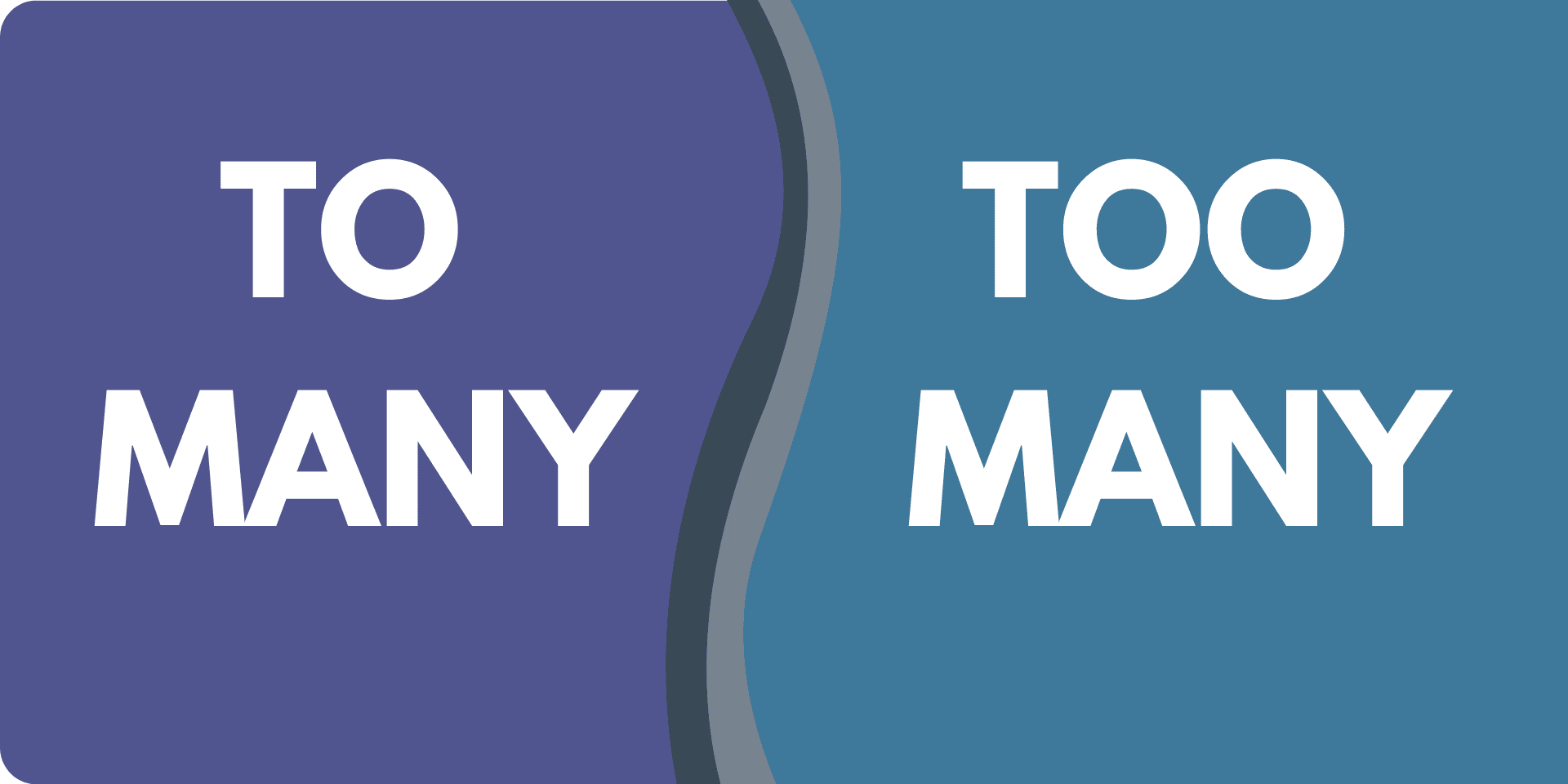Let’s tackle a hotly contested topic in the English language: “Is data singular or plural?”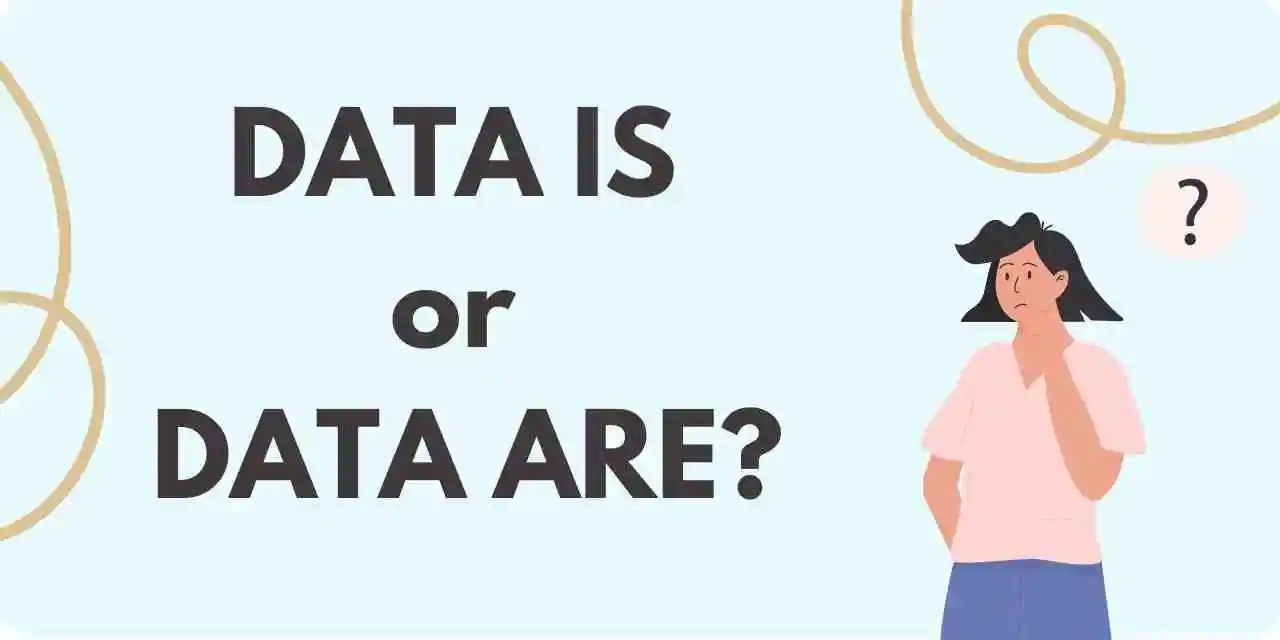
Data: Singular or Plural?
The answer to this question comes down to a few points of contention. As a foreign word, people argue whether “data” should follow English plurality rules or the plurality rules of its original language. Similarly, it also sparks a debate about whether we should follow popular or historical usage rules.
Here is our quick answer: Data is a plural noun. It is the plural of the noun “datum.” However, using “data” as a singular noun has now become acceptable.
Now for the deeper dive.
English Mass Nouns
Many people claim that data is a fully plural noun. If this were true, your sentences should always look like this: “the data show” or “the data are.” This sentiment isn’t wrong since “data” – as we said earlier – is the plural form of the Latin word “datum.”
However, an argument can be made that data belongs to a particular category of words known as mass or uncountable nouns. They are uncountable since you can not assign a number to them. For example: sugar, water, knowledge, air, etc. These nouns take a singular verb: the sugar HAS melted, the water WAS cold, his knowledge on the topic IS deep, the air IS dry.
Theoretically, “data” can fall under this category of mass nouns, in which case a singular verb is needed.
Following this logic, if you want to use a plural verb with mass nouns, you have to assign them units: 2 tablespoons of sugar WERE added, there ARE 3 litres of water, 2 cubic tons of air HAVE been used, etc. With “data,” this can be data points, pieces of data, sets of data, as in:
The data points were correct.
Unfortunately, all the pieces of data are wrong.
There are sets of data we couldn’t ignore.
What Do Other Sources Say About “Data’s” Plurality?
Let’s take a look at what the experts say. Famously (for those who follow these affairs closely!), the Wall Street Journal changed its house style in July 2012 to permit the use of both plural and singular forms, with Paul Martin, the style guide editor, writing:
‘Most style guides and dictionaries have come to accept the use of the noun “data” with either singular or plural verbs, and we hereby join the majority.
‘As usage has evolved from the word’s origin as the Latin plural of datum, singular verbs now are often used to refer to collections of information: ‘Little data is available to support the conclusions.’
Otherwise, generally continue to use the plural: ‘Data are still being collected.’
The Oxford English Dictionary agrees that both have become acceptable:
In Latin, data is the plural of datum and, historically and in specialized scientific fields , it is also treated as a plural in English, taking a plural verb, as in the data were collected and classified. In modern non-scientific use, however, despite the complaints of traditionalists, it is often not treated as a plural. Instead, it is treated as a mass noun, similar to a word like information, which cannot normally have a plural and which takes a singular verb. Sentences such as data was (as well as data were ) collected over a number of years are now widely accepted in standard English.
The Guardian Style Guide takes it further, promoting the singular verb variation:
Data takes a singular verb (like agenda), though strictly a plural; no one ever uses “agendum” or “datum”
And so does the Microsoft Style Guide:
Use data as both a singular and plural noun. Don’t use datum. Always use data with a singular verb, even if you’re talking about more than one data set. Don’t use the data are.
However, the APA Style Manual disagrees:
“As shown in the Publication Manual (p. 96), the word datum is singular, and the word data is plural. Plural nouns take plural verbs, so data should be followed by a plural verb.”
The Office of National Statistics also takes a traditionalist stance:
The word data is a plural noun so write “data are”. Datum is the singular.
So this seems to be a bit of an unsettled question. Furthermore, a look at Google’s Ngram graph shows that in American English, while the plural form ( the data are) has been predominantly more common, the singular form (the data is) has been rising and is now on par with the plural form:
Media Examples
To further prove the point that the jury is still out and both variations are acceptable, here are examples of reputable media sources treating data BOTH as a plural and a singular noun:
Most important, it sits third among the 28 brackets submitted by Times sports staffers — including mine (14th). I had the data, and I had my brain. The data is winning. – The New York Times
The data are in. All precincts have reported. It’s official: men suck. At least when it comes to relationships, they do. Men are sex-obsessed and self-absorbed, shallow, callow, capricious and cruel. I wouldn’t date us if we were one of the last two genders on earth. – The New York Times.
But what have they done? The data is terrifying. According to the ABS in 2012, one in six women is subject to domestic violence. – The Guardian
The data are incomplete. There are gaps in our knowledge. More research is needed. – The Guardian
What About “Datum?”
So how does Datum fit into all of this? As a reminder, “datum” is the singular form of “data,” and it has been around for a long time. “Datum” is a Latin word meaning “a given,” or “that which we take for granted.” Makes sense!
Although most English-speaking countries didn’t take the word into common speech, it still has its place in some scientific fields such as Biology or Cartography. Technically if you are referring to a singular instance of data, you can call it a “datum,” however it is still more common to refer to it as a “piece of data.”
What Should You Do?
All of this can seem very confusing. With differing style guides, altering opinions, and changing rules, it is probably hard to know what you should do.
In reality, there isn’t a solid answer that anyone can give to you, as everyone will constantly have different opinions. In most cases, however, referring to data as you see fit is probably safe.
Suppose you are looking for a more solid guideline. In that case, you can probably stick to using singular verbs when referring to specific (or small groups of) data points and plural verbs in all other situations.
In addition, if you are used to working with a specific style guide, you should follow whatever rules they may have about referring to data.
Lastly, its probably best to stick to one style; whether you work for an organization (you should consult in-house rules) or if you are a freelance writer, you should be consistent.
The Main Takeaway
Data is the plural form of the singular noun “datum” (Latin). Although some guides such as the APA Style join the chorus of traditionalists that insist that since “data” is a plural noun, it should take a plural verb, as in “the data are,” the singular form (“the data is”) is becoming more and more widely used and adopted by various publications and style guides. Furthermore, both variations can be seen used by reputable media sources such as the New York Times and the Guardian.
Unless it is relevant to what you are writing about, for example, if you are writing for a scientific publication, avoid using “datum” when talking about singular data points. Instead, you can use “point of data” or “piece of data.”
Looking to become a skilled, confident writer? Check out our business writing courses here!



